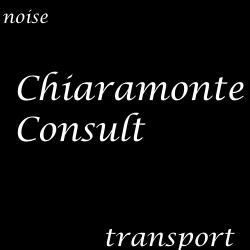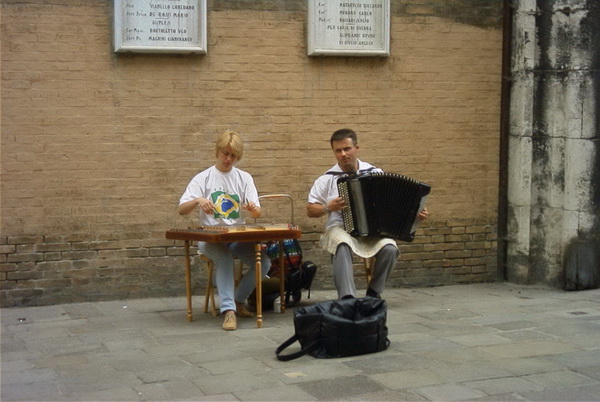

Introduction
Sound, noise and quiet
Definitions and selection criteria
Health benefits of quiet & biodiversity
The economic value of quiet areas
Lessons learned from commitments by MS and other competent authorities
Methods for identifying quiet areas
Recommendations and Conclusions
More on:
- references & useful documents and links
- health effects
- quiet facades
- protection and monitoring
Disclaimer: this site is based on the published EEA document, but not identical. Over time the differences will increase as more recent material will be added to this site by Chiaramonte Consult. Please send your comments and suggestions for extensions and improvment to info@quietareas.eu.
Need for protection and monitoring once identified
Having once identified a Quiet Area (by
whatever criteria), it is essential that robust policies are put in
place to monitor
and protect the quietness of the area. In many respects this is a more
critical
issue than the criteria by which QAs are chosen since however
sophisticated the
selection process, nothing is gained if the area cannot be protected.
Indeed,
the choice of selection criteria should in part be determined by
practicality
of monitoring and action to ensure the area remains quiet according to
the chosen
criteria.
The simplest form of monitoring would be to
use predictions based on the END noise mapping methods to assess the
impact of
any potential changes. However, it is apparent from the range of
criteria chosen
by the various authorities in Table 4
, that Lden maps would not
always be adequate or relevant for assessing impacts against the chosen
criteria. This should be borne in mind when choosing criteria. The
process as a
whole should be considered from the outset – i.e.
select/monitor/protect.
From this point of view, simpler selection
criteria that are more easily monitored and are directly compatible
with normal
planning processes may have much to recommend them. Where it is
considered that
more complex criteria are necessary, consideration should be given to
how the
required monitoring of compliance will be resourced and how well the
criteria
fit with the standard planning processes and regulations to enable the
QA to be
easily protected.
